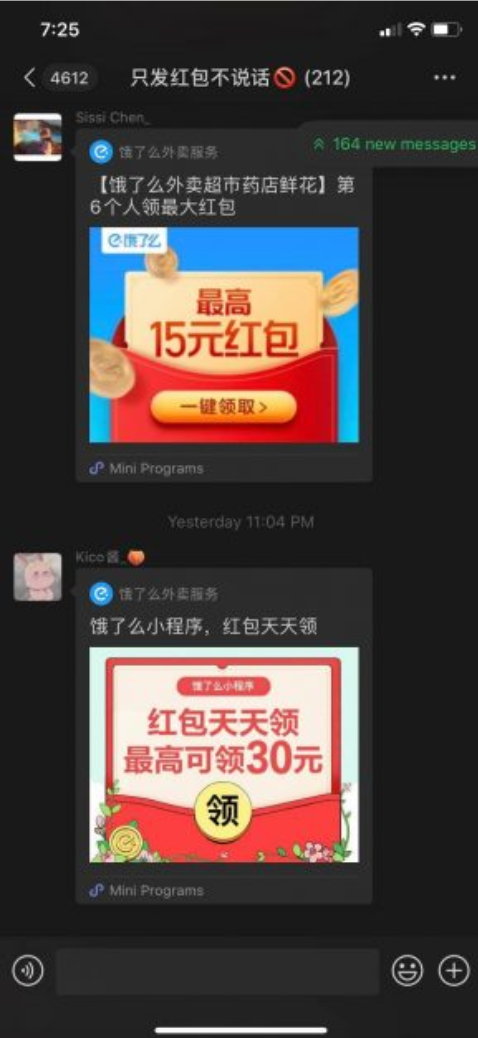Food delivery is a convenient way to order delicious food without any preparation required.
In fact, 32% more white-collar workers have become delivery regulars from 2015 to 2020.
Since the COVID-19 pandemic began, food delivery services have seen a global increase in usage around the globe. This increase was specifically quite dramatic in China.
As similar as food delivery is in China compared to the U.S., there are also surprising differences too!
One Fleet, One Goal: Impeccable Delivery
In the U.S., seeing food delivery drivers step out of nondescript cars is quite a common sight.
DoorDash and UberEats are common words to hear if you ask somebody about their dinner last night. There are even apps dedicated to authentic Chinese food.
However, given how many drivers are uniformless and hired part time, identification can be confusing.
For example, the only form of identification is usually a car make and model from the driver. This could be confusing for people who are unfamiliar with cars.
Food delivery in China has small differences though.
The two lead delivery services in China are Meituan and Ele.me. These companies are backed by the supercompanies Tencent and Alibaba respectively.
These two companies have fleets of drivers wearing highly identifiable uniforms. This makes incoming deliveries easy to spot.
Both the U.S. and China use cars to take care of most deliveries.
However, Ele.me recently began to start to incorporate drones into their deliveries. By doing this, they can shorten delivery time from 30 to 20 minutes.
Customers won’t ever see the drones though. The drones are only flown to another delivery driver who will deliver the food from there.
Still, this is an extremely innovative approach to food delivery.
A Stark Contrast: The Cost of Delivery
As convenient as food delivery is in America, one huge downside is the cost.
Delivery costs can be upwards of $9 when combined with a tip. This may account for a large percentage of the meal that the customer just bought!
As a result, some people might think it is more worthwhile to dine in or get takeout at a restaurant. This is all to avoid the hefty delivery fee.
You may be surprised to learn that food delivery fees in China usually don’t exist!
This is because the restaurant pays the delivery drivers — the cost is hidden in the meal.
As a result, customers don’t pay for the delivery fees upfront. This makes food delivery in China even more appealing to consumers.

Irresistible Incentives: Connections Concocted from Coupons
Everything is more fun when it’s presented as a game.
Even Chinese food delivery has hopped aboard by turning coupons into a game of who can get the discount.
After placing a food delivery order, customers can send coupons out to their friends via WeChat. These coupons are similar to WeChat Red Packets.
However, only the nth person who opens the coupon can get a big reward for their next order. The number of the coupon’s winner is unknown and different every time.
This gamble keeps customers hooked to try for their next discount.
Hooked on the desire for big discounts, many people in China have joined WeChat group chats full of strangers. The purpose of these group chats is solely to see who will be that coupon’s lucky winner.
The U.S. does not seem to have a coupon system similar to this WeChat mechanic. It would be very interesting to see how this would fare in American society!
What do you think of the differences between American and Chinese food delivery systems? Let us know in the comments!






0 Comments